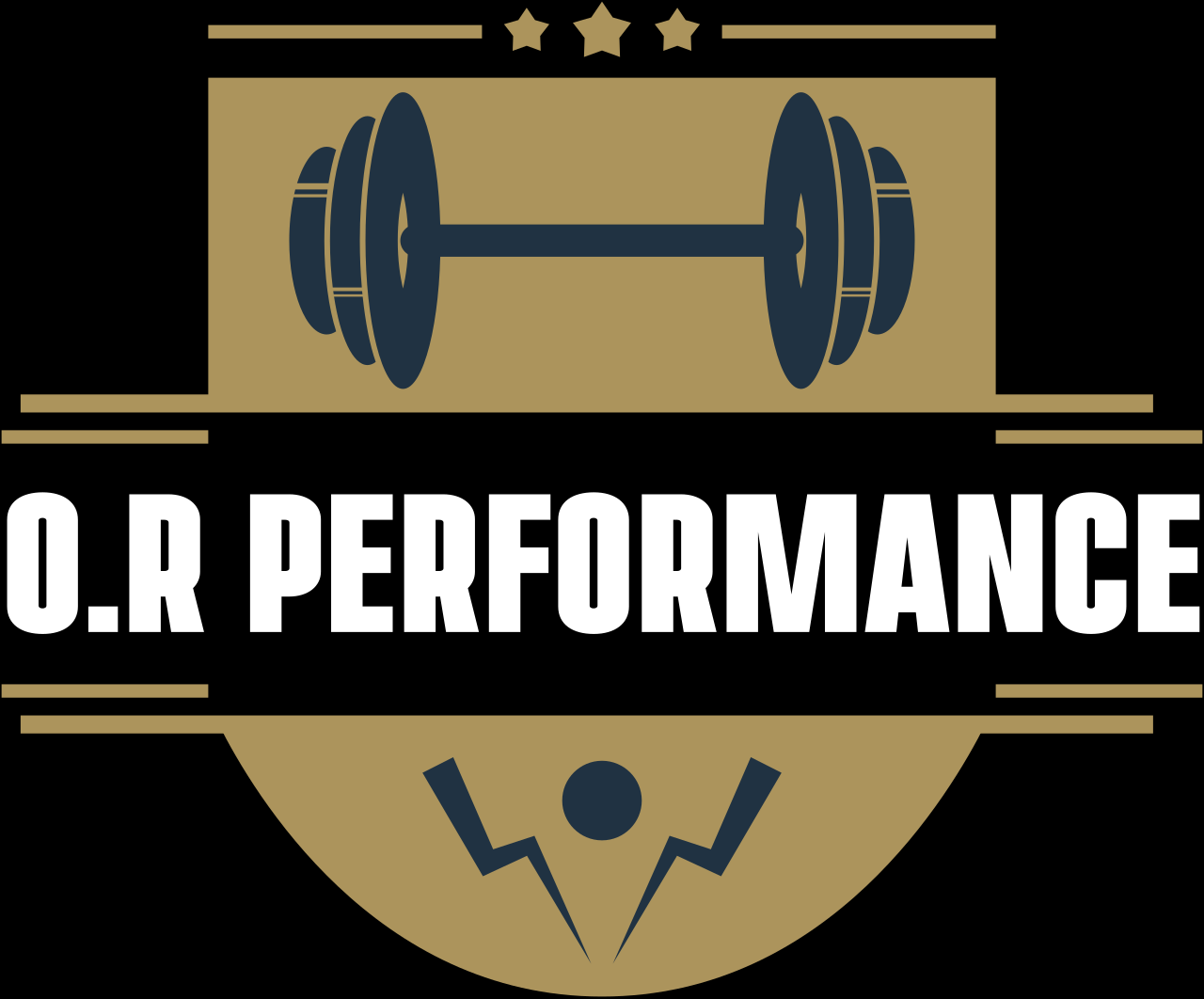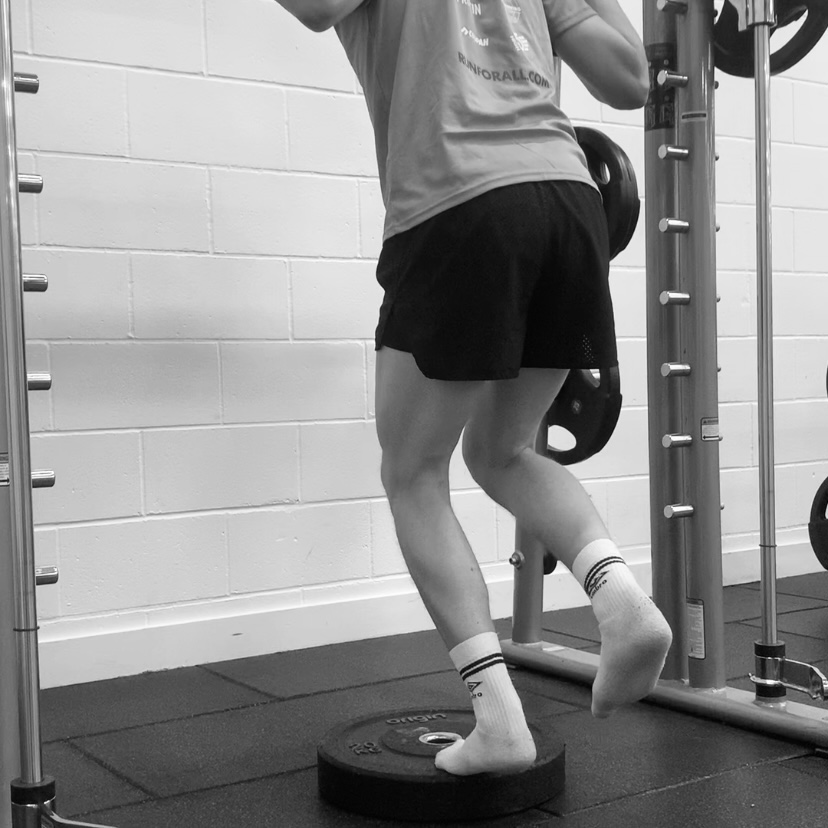Your cart is currently empty!
We’ve all felt it, that lingering soreness in our calves after a long run or a speed session and contemplated whether it’s the beginning of an injury or whether our calves are just suffering more than anywhere else. Why do they suffer more than other areas at times? And how strong do they need to be to give you confidence they won’t get injured?
Why do your calves get sore?
It’s no surprise but your calves take on a lot of load when you run. They contribute “x amount to the energy pushing your forward which at y pace equates to. When you run easy your calves take on a load that is manageable but if we add in speed or further distance this changes. The total energy your calves need to produce increases to either make you faster or to keep running. But also the energy they need to absorb becomes higher as well. It is the energy absorption that is responsible for a lot of the soreness.
When your muscles absorb force they do what is called an eccentric contraction – meaning they are getting longer but under tension. Eccentric contractions ‘damage’ the muscle more than concentric contractions (force-producing contractions) and it is the muscle damage that creates inflammation of the muscle and that soreness you feel. So when you strike the ground harder or more repetitively, your calves take do stronger or more repeated eccentric contractions, making you more sore. But how can you stop manage your calves getting sore whenever you run a certain pace or distance?
Calf Strength Test
The truth is there will always be a little bit of soreness because you can’t avoid the eccentric contractions your calves experience when running. You would have to find out how not to strike the ground with your feet – and that just wouldn’t be running!
You can manage the capacity of your calves to absorb and produce force however. A simple calf raise test to failure will give a good indication of how well conditioned your calves are relative to your body. Here we can isolate purely how much your calves can do without getting any interference from other muscle groups too!
How to Complete
All you will need is the bottom step of your staircase (if you have access to one) or a small block with something around waist-to-chest height, directly to your side or in front for support. You will also need a metronome set to 60bpm.
Position yourself with just the ball of one foot on your step (your heel will be free-hanging). Start the metronome. On the first beat, lift yourself on to your tiptoes whilst using as little support as possible and on the second beat control yourself down until your heel passes just below the level of the step. This is where you may need your support for balance.
Be sure to keep your working leg straight, bending your knee will mean that you are cheating using your quadriceps muscles and the test won’t be a fair reflection of your calf capacity. Additionally, it is important to get all the way on to your tiptoes with every repetition so that your whole calf capacity is being measured. Complete as many reps as possible before you do one or more of the following.
- 1. Bend your knee too for 3 consecutive reps to help
- 2. Fail to get completely on your tiptoes for 3 consecutive reps
- 3. Cannot keep in time with the metronome for 3 consecutive reps
- 4. Cannot do any more reps
Take away 3 reps from your total number of reps if you failed on 1-3. This is your score for your first leg. Repeat on your other leg.


Leave a Reply